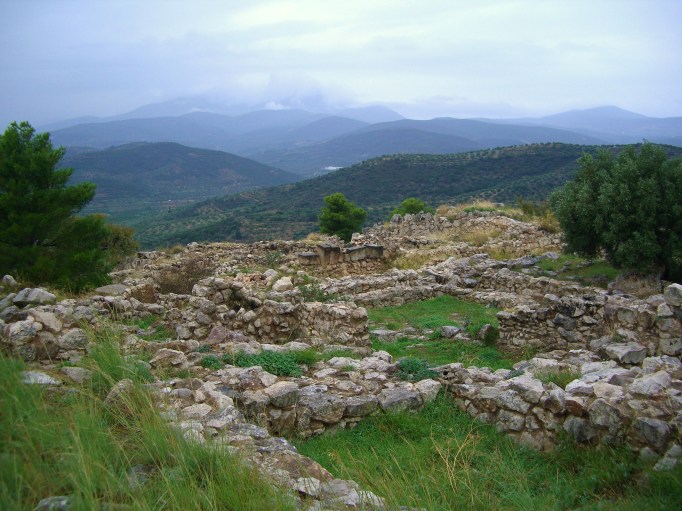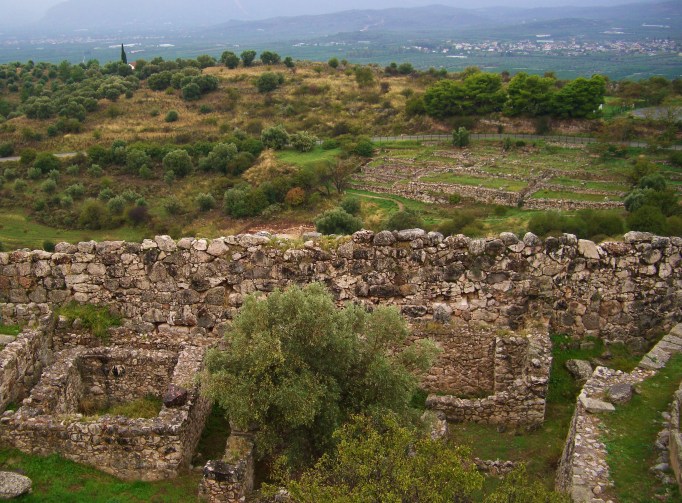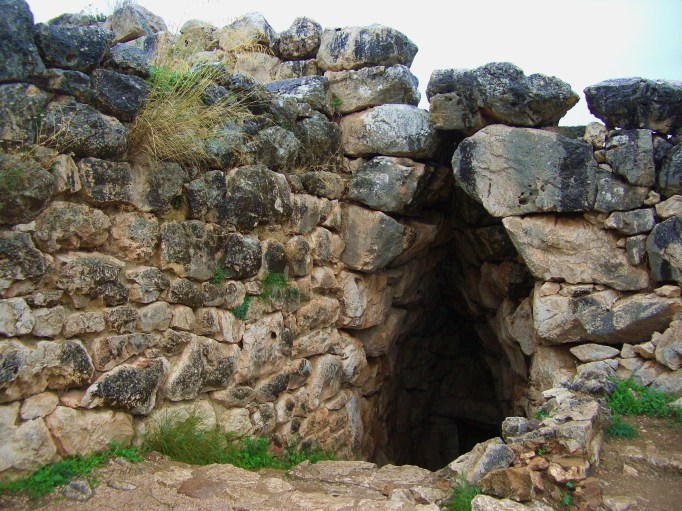Mycenae: a trip to the fortress
Basically for years I have dreamed about visiting the site of ancient Mycenae in Greece and so I may be a bit biased when it comes to describing about my experiences when I finally visited there. Actually this holds true for most ancient sites in Greece. But holding unnaturally high expectations of a site is not always a good thing as it can lead to disappointment, and I must admit I did put Mycenae on a pedestal. How could you not? This is the capital of Mycenaean civilisation, a civilisation that flourished throughout the entire Greek world from the 16th – 12th centuries BCE. It is also the kingdom of Homer’s Agamemnon, son of Atreus, king of kings.
For me it was such an eerie feeling walking up the hill toward that fortress; mixed emotions of excitement, awe and intimidation. The sheer size of the stone used in the construction of the wall is an incredible feat of engineering for the time (1350-1200 BCE), called Cyclopean Walls because it was thought that only giants could have moved such large blocks of stone.
When reaching the top of the site you really get a feel for the isolated location of the fortress surrounded by mountains in all directions. Built on the cliffs edge, Mycenae truly is an imposing fortification and a testament to the military mentality of the Mycenaean civilisation; a stronghold, which I wouldn’t say is aesthetically pleasing, rather it is the surrounding landscape that really gives Mycenae its beauty, with defence playing the pivotal role in the location choice for its construction.
It doesn’t take very long to walk around the whole site and there is pretty much one path that you follow as it loops around. It is hard to picture what the inside of the complex might have looked like in Mycenaean times, which included grave circles (which are actually dated back to the Middle Helladic period 17th – 16th c. BCE), a granary, houses, artists workshops and the palace itself at the peak. However some parts are remarkably well preserved if you consider just how old the place actually is.
There is also a tunnel (an ancient cistern) at the far end of the site which you can enter into. I’m not sure how far down it actually goes because it quickly becomes pitch black and we didn’t venture further for fear of bats or bears or the ghost of Atreus, but now I am rather curious if anyone could enlighten me.
There are many other important sites leading up to the acropolis such as the huge tholos tombs, some of which are located nearby and are well worth a visit as well.
Mycenaean architecture is such a stark contrast to the beauty and harmony of the classical Greek model of architecture that most of us envisage when we picture Greece. This just serves as one example of the variety and depth of human history that this country has to offer.
Photos by Glenn Martin.
 Glenn Martin has a BA (hons) in Ancient History and is currently a student of the MA in Heritage Management. He has strong interests in Classical Greek art, literature and architecture, and would like to focus on the conservation of heritage particularly through digital technology.
Glenn Martin has a BA (hons) in Ancient History and is currently a student of the MA in Heritage Management. He has strong interests in Classical Greek art, literature and architecture, and would like to focus on the conservation of heritage particularly through digital technology.






